A Renewable Propane Autogas Blend (RP5)

Riddle:
What has more power than 384 horses, more torque than a diesel engine, and is cleaner than diesel, gasoline, CNG, and most forms of electricity?
Answer:
The Cummins B6.7 Propane Engine. Eight years in the making, ready for production in 2025, and can run on a Renewable Propane Autogas Blend (RP5).
A Technological Advance.
As I understand it, this new engine can support a 3,400-barrel bobtail with greater power and the same engine longevity as a diesel engine. That’s pretty remarkable. Now we need a truck manufacturer like Peterbilt or Kenworth to build trucks around this engine so that we’ll see more propane-powered transport delivery trucks, service trucks and bobtails, all with this “beast of an engine”, on the road soon.
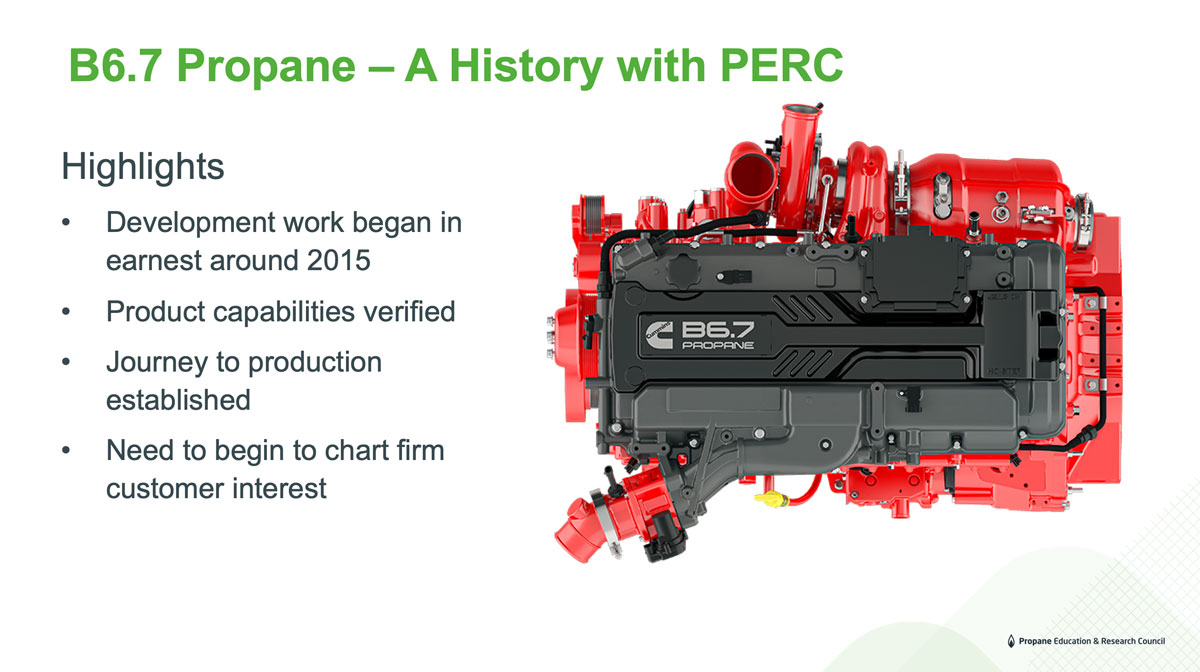
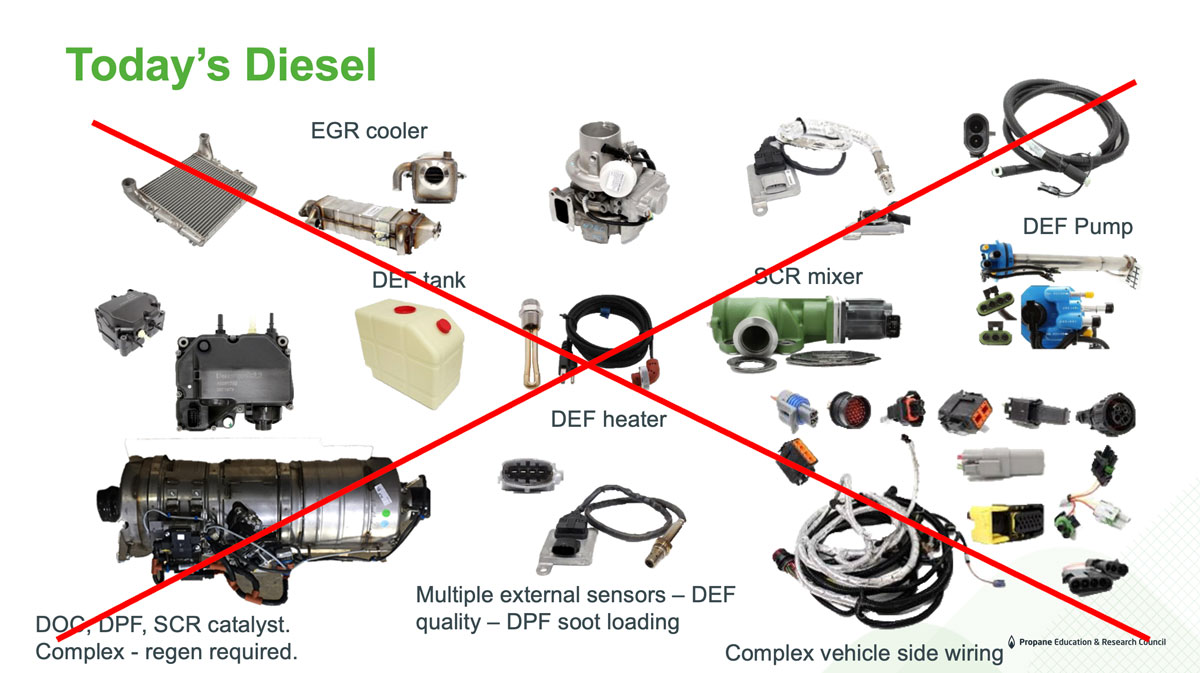
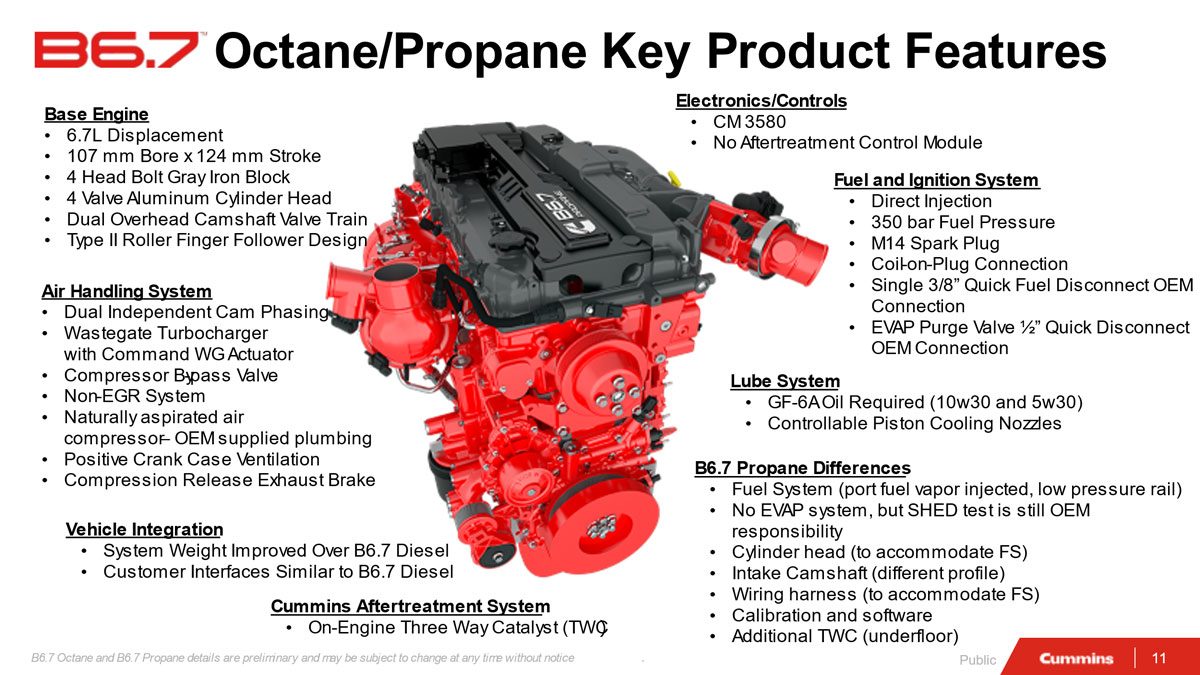
PGANE’s Renewable Propane Committee.
The Propane Gas Association of New England (PGANE) had their first Renewable Propane Committee meeting in Providence, RI, a few weeks ago. Amazingly, over 90 people attended this standing-room only event, which was a testimony to the interest level within our industry about renewable propane.
A Path Forward for Renewable Propane.
Many people within our industry now know that renewable propane is fossil-free, very low carbon and can be sourced from multiple biomass feedstocks. Most people also know that it’s a “drop-in” fuel, meaning that it’s interchangeable with conventional propane. So, no change to current equipment is needed.
But to better understand a path forward for renewable propane, we need to first understand how it can be best used.
The Renewable Fuel Standard.
Let’s start with this: Congress created the Renewable Fuel Standard (RFS) program in 2005 to reduce greenhouse gas emissions. That’s actually one of the qualification requirements for a renewable fuel. The Environmental Protection Agency (EPA) implements the program (in consultation with the U.S. Dept. of Agriculture and the U.S. Dept. of Energy) which requires that a certain volume of renewable fuel should replace or reduce the quantity of petroleum-based transportation fuel, heating oil, or jet fuel.
Note that propane for space heating, cooking, or hot water does not qualify for the Renewable Identification Numbers or RINs credits which the producer receives. But propane as an autogas transportation fuel does qualify.
RP5.
More and more refineries are being retrofitted to produce biofuels, but these things take time.
Given the limited quantity and availability of renewable propane the best path forward for our industry, at least in the short term, is to find ways to increase the use of a renewable/conventional propane autogas blend (RP5).
- A 5 percent renewable blend for autogas use would be less expensive than 100 percent renewable propane.
- A blend would help availability.
- RP5 autogas would have a lower carbon intensity score than gasoline, diesel, CNG, most forms of electricity, and even conventional propane.
- RP5 autogas would help reduce the quantity of petroleum-based transportation fuels while raising awareness about the benefits of renewable propane on the path towards carbon neutrality.
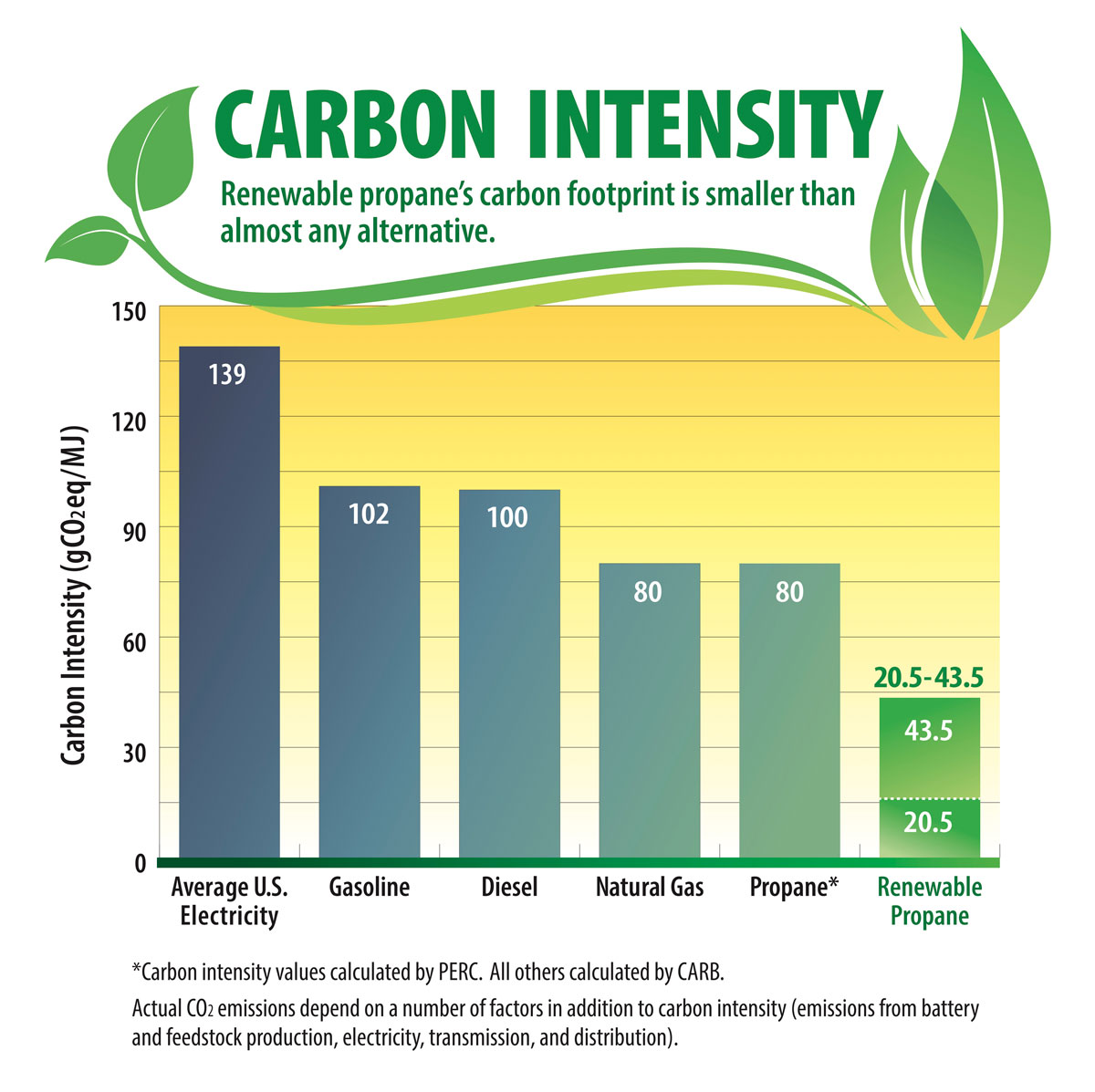
What’s Happening with Propane Prices?
There’s an interesting dynamic happening now. Natural gas prices have been near the lowest price level in 30 years partly due to inventory levels that are 33 percent higher than last year and limited LNG export capacity (which may change next year) while the surprise production cut from some OPEC members has nudged crude prices back near the $80.00 bbl. level.
Mt. Belvieu propane prices have been essentially range-bound (wobbling either side of $.80 per gallon) since last October. The pull in opposite directions from crude oil prices and natural gas prices may keep that wobble going for a while longer.
Propane Price Chart
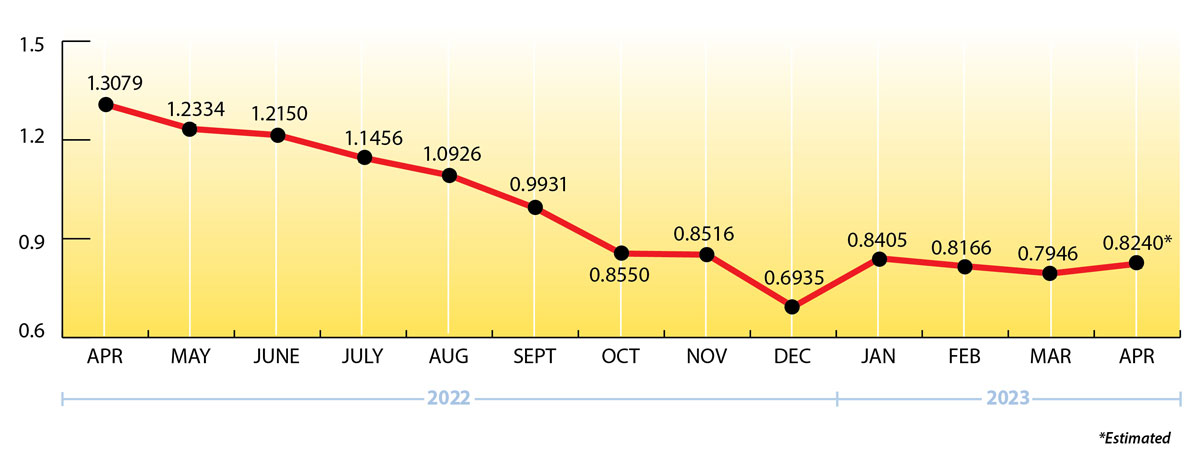
Weekly Inventory Numbers
U.S. propane inventories showed a somewhat surprising draw of .72 mmbbls. for the week ending April 14, 2023, which was just below the low end of industry expectations and quite different from the 1.6 mmbbls. build last year at this time. This brings national inventory levels to 55.45 mmbbls., about 50 percent ahead of last year and 27 percent above the 5-year average.
PADD 2 (Midwest/Conway) inventories had a small build of .17 mmbbls. They currently stand at 11.72 mmbbls., nearly 35 percent higher than last year.
PADD 3 (Gulf Coast/Belvieu) inventories had a modest draw of .5 mmbbls. They now stand at 37.07 mmbbls., roughly 63 percent ahead of last year.
The Skinny
Renewable Propane is fossil-free and has a lower carbon intensity score than nearly every other fuel source, including most forms of electricity.
An affordable renewable/conventional propane autogas blend (RP5) will help reduce the quantity of petroleum-based transportation fuels while raising public awareness about the benefits of renewable propane.
It’s perfect for fleet trucks, local delivery trucks, and school buses. And now that we’ll have the Cummins B6.7 “beast of a propane engine” soon, hopefully we’ll see propane-powered transport delivery trucks, as well as many more service trucks and bobtails, all running on propane instead of diesel.
Get Stephen's insights on propane delivered to your inbox every month.
Sign up for our monthly newsletter here.
For more frequent updates and industry news, join us on LinkedIn.
NOTE: The views and opinions expressed herein are solely those of the author, unless attributed to a third-party source, and do not necessarily reflect the views of Ray Energy Corp, its affiliates, or its employees. The information set forth herein has been obtained or derived from sources believed by the author to be reliable. However, the author does not make any representation or warranty, express or implied, as to the information’s accuracy or completeness, nor does the author recommend that the attached information serve as the basis of any buying decision and it has been provided to you solely for informational purposes.
© 2011-2023 Ray Energy Corp. All rights reserved. Any reproduction, representation, adaptation, translation, and/or transformation, in whole or in part by whatsoever process, of this site or of one or several of its components, is forbidden without the express written authorization from Ray Energy Corp.

